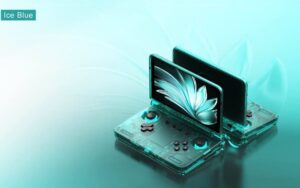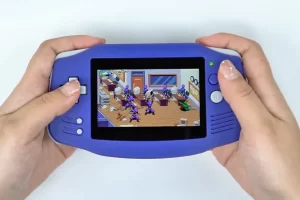KTR2 Crowdfunding A Strategic Move
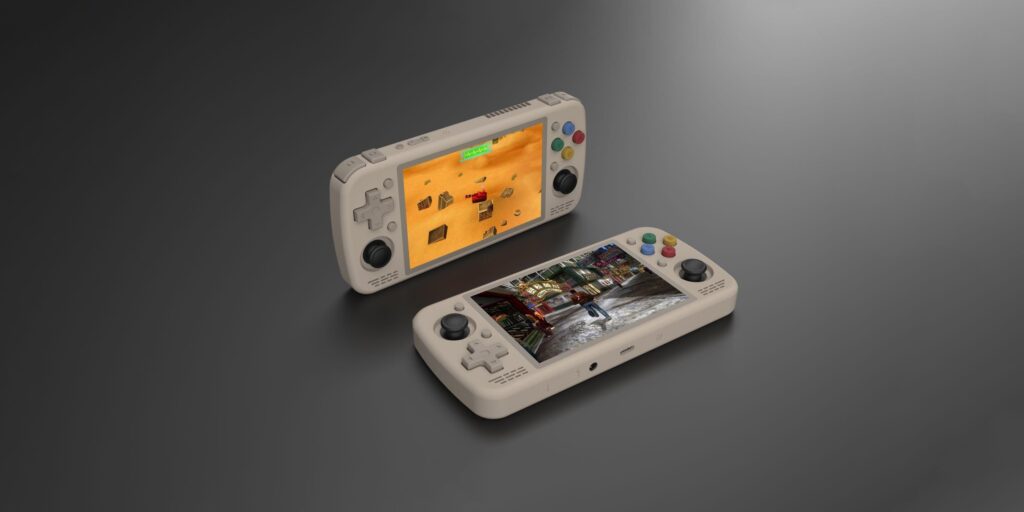
The KTR2 has garnered significant attention in the retro gaming community, but the road to its release is unique. Due to unexpectedly high costs, particularly for the Snapdragon 8 Gen 2 chipset, KT Pocket has decided to launch a crowdfunding campaign to gauge interest and raise the necessary funds for mass production. This move is not uncommon in the tech world, where small companies often turn to the community to support innovative products that may otherwise struggle to make it to market.
Crowdfunding offers KT Pocket the flexibility to explore whether the demand for the KTR2 justifies the investment required to manufacture a device with premium parts. This approach also allows for transparency with potential backers, who can see where their money is going and what kind of perks they’ll receive for their support.
A Look Back At The KTR1
To understand the significance of the KTR2, we must first revisit its predecessor, the KTR1. Initially launched as a competitor to devices featuring the T618 chipset, the KTR1 stood out for its unique design and customization options. Gamers could choose between plastic and metal shells, and even swap the position of the D-pad and analogue sticks to suit their personal preferences.
The KTR1 offered a variety of RAM and storage configurations, with options ranging from 4GB of RAM and 64GB of storage to 6GB of RAM and 128GB of storage. This flexibility made it a versatile device for retro gamers who needed a handheld that could handle both light and heavy gaming tasks. The KTR1’s success laid the groundwork for the ambitious follow-up, the KTR2.
KTR2 Handheld Packed with Power
Now, KT Pocket has set its sights on creating the KTR2, a handheld that aims to revolutionize the gaming experience. At the heart of this effort is the Snapdragon 8 Gen 2 chipset, which was widely used in flagship Android smartphones just a year ago. This powerful processor promises to bring a level of performance rarely seen in handheld gaming devices. For comparison, the Snapdragon 8 Gen 2 is also found in popular handhelds like the AYN Odin 2 and Odin 2 Mini, devices known for their emulation capabilities and overall performance.
The decision to include such a powerful chipset in the KTR2 is a bold one, but it comes with a higher price tag. KT Pocket is using the crowdfunding campaign not only to raise funds but also to determine if the demand for a Snapdragon 8 Gen 2-powered handheld is sufficient to justify the costs. If the campaign reaches its funding goal, the KTR2 could be one of the most powerful retro gaming handhelds on the market.
Configuration Options
One of the most exciting aspects of the KTR2 is the level of customization it offers. KT Pocket has provided a glimpse into the possible configurations that backers will be able to choose from. These options include various combinations of RAM and storage, with the highest configuration boasting 12GB of RAM and 512GB of storage. Gamers can also choose from a range of colours, including black, white, yellow, purple, pink, green, red, and grey.
In addition to the internal specs and colour options, backers will have the ability to select their preferred layout. Just like with the KTR1, the KTR2 will allow gamers to decide whether they want the analogue sticks or the D-pad on top. This level of customization ensures that every gamer can create a handheld that fits their unique playing style.
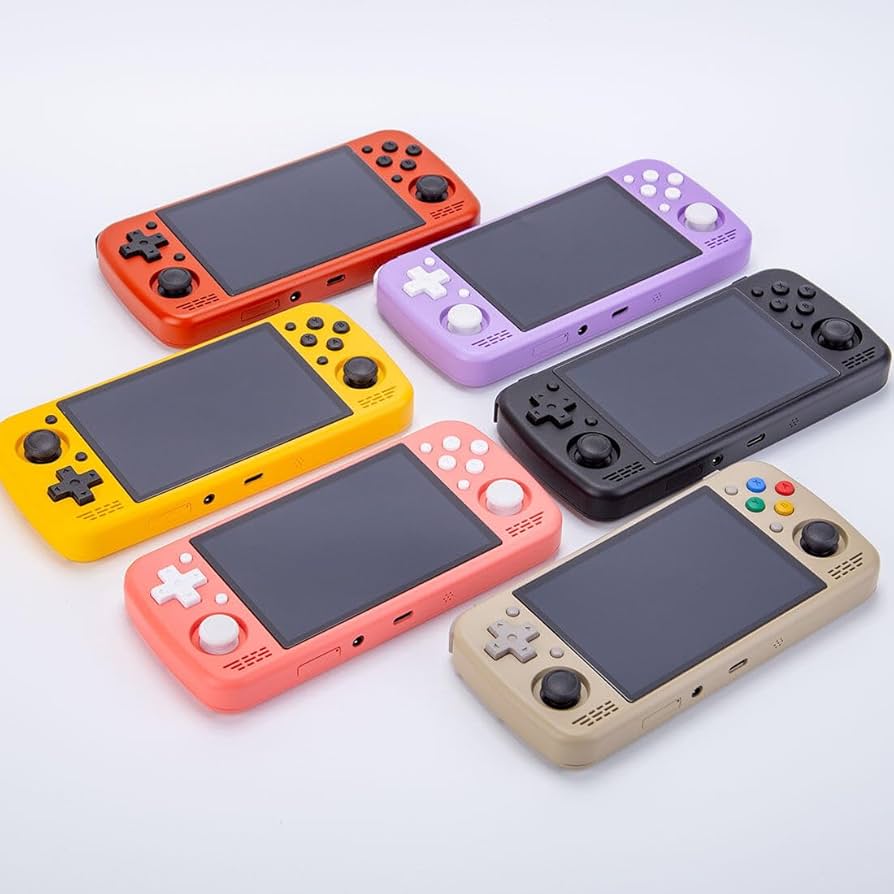
Furthermore, KT Pocket is offering different material options for the KTR2’s casing. Backers can choose between plastic, aluminium alloy, and magnesium alloy, with each material offering a different feel and level of durability. The magnesium alloy option, in particular, is expected to appeal to gamers looking for a lightweight yet sturdy handheld.
Lastly, KT Pocket has announced that the KTR2 will be available in both Wi-Fi-only and Wi-Fi + 4G variants. While the addition of 4G may not be essential for most gamers, it does open up the possibility of using the KTR2 for tasks beyond gaming, such as GPS navigation and accessing online services on the go.
KTR2 Handheld Crowdfunding Perks
As with many crowdfunding campaigns, KT Pocket has promised rewards for those who pledge their support. While the exact details of these perks are yet to be revealed, it’s expected that higher pledges will come with more exclusive rewards. This could range from early access to the KTR2, limited edition colours or materials, or even exclusive accessories. However, until more information is provided, we can only speculate on what these perks will entail.
What Happens If the Campaign Falls Short?
Despite the excitement surrounding the KTR2, there is always a risk that the crowdfunding campaign may not reach its goal. In this case, KT Pocket has a backup plan. If the company is unable to secure enough funding to use the Snapdragon 8 Gen 2 chipset, they will pivot to using the Dimensity 1100 instead.
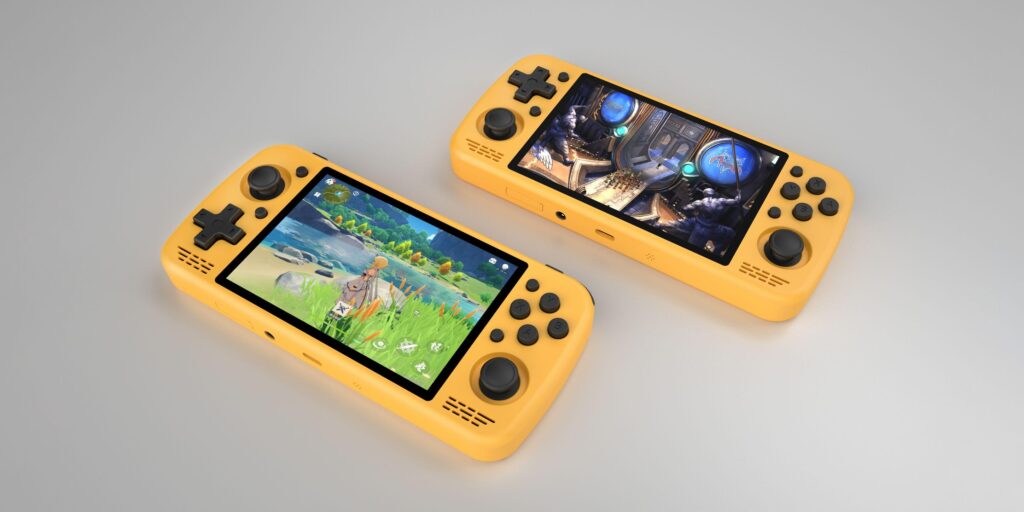
The Dimensity 1100 is a less powerful chipset than the Snapdragon 8 Gen 2, but it’s still a solid choice for a handheld gaming device. It’s the same chipset used in the Retroid Pocket 4 Pro, one of the most popular handhelds of 2023. The D1100 offers decent emulation performance for systems like the GameCube, Wii, and PlayStation 2, although it doesn’t handle every game flawlessly.
For backers who pledge before the campaign is forced to switch to the Dimensity 1100, KT Pocket has promised that they will have the option to either receive a full refund or adjust their order accordingly.
Snapdragon 8 Gen 2 vs. Dimensity 1100: A Battle of Performance
The decision between the Snapdragon 8 Gen 2 and the Dimensity 1100 will undoubtedly influence the overall performance of the KTR2. The Snapdragon 8 Gen 2 is capable of handling more demanding tasks, including running emulators for newer consoles like the Nintendo Switch. In fact, the Snapdragon 8 Gen 2 has been tested with various Switch emulators, and it consistently delivers impressive performance, making it a top choice for gamers who want to play modern console games on the go.
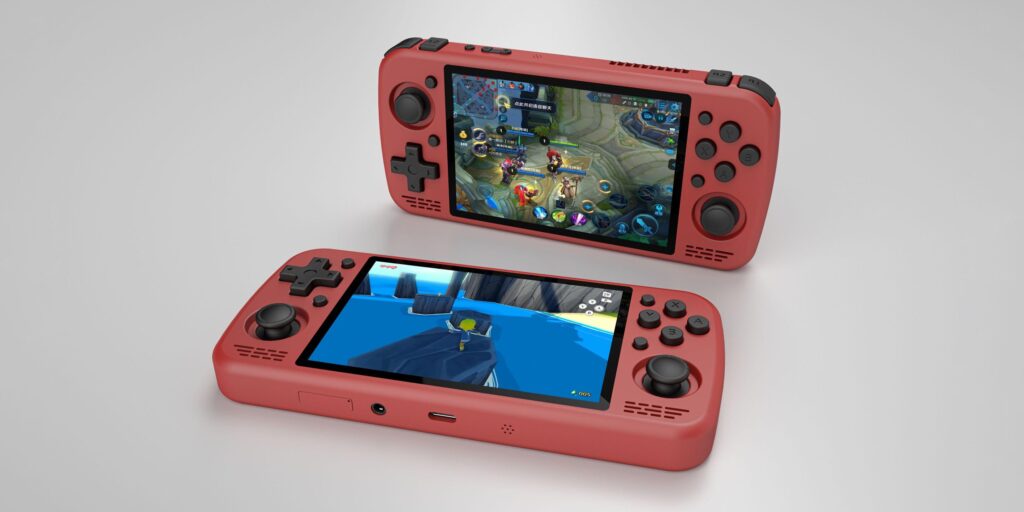
On the other hand, the Dimensity 1100 is no slouch either. While it may not be as powerful as the Snapdragon 8 Gen 2, it still offers a smooth gaming experience for a wide range of retro consoles. For many gamers, the D1100 would be a more than adequate option, especially for those primarily interested in older systems like the PlayStation 2, GameCube, and Wii.
KTR2 Competition
The retro gaming handheld market has grown significantly in recent years, with several companies vying for the attention of gamers. Devices like the AYN Odin 2 Mini, Retroid Pocket 5, and the Steam Deck have set a high bar for performance, design, and overall quality. In this competitive landscape, KT Pocket faces the challenge of making the KTR2 stand out.
The KTR2’s success will largely depend on how well it can compete with these other devices. With the potential for high-end specs like the Snapdragon 8 Gen 2, large storage options, and a magnesium alloy shell, the KTR2 could offer a compelling alternative to its competitors. However, the key to success will be whether KT Pocket can deliver on its promises through the crowdfunding campaign.
The Future of the KTR2 Handheld
As the crowdfunding campaign for the KTR2 moves forward, it’s clear that KT Pocket is aiming to create a handheld that pushes the boundaries of what’s possible in the retro gaming space. With its powerful chipset options, customizable configurations, and sleek design, the KTR2 has the potential to be a game-changer for handheld gaming enthusiasts.
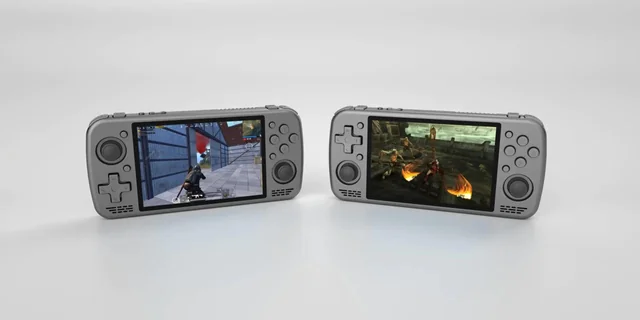
However, the success of the KTR2 will ultimately depend on the support of the gaming community. If the crowdfunding campaign reaches its goal, the KTR2 could be one of the most powerful and versatile handhelds on the market. If not, KT Pocket will have to pivot to a less powerful but still capable chipset in the form of the Dimensity 1100.
Regardless of the outcome, the KTR2 handheld represents the next step in the evolution of retro gaming handhelds, and it will be exciting to see how this journey unfolds in the coming months. With initial shipments expected sometime next year, gamers won’t have to wait too long to get their hands on this highly anticipated device.

